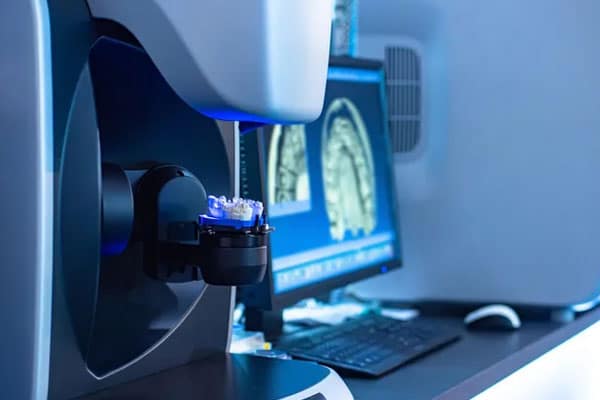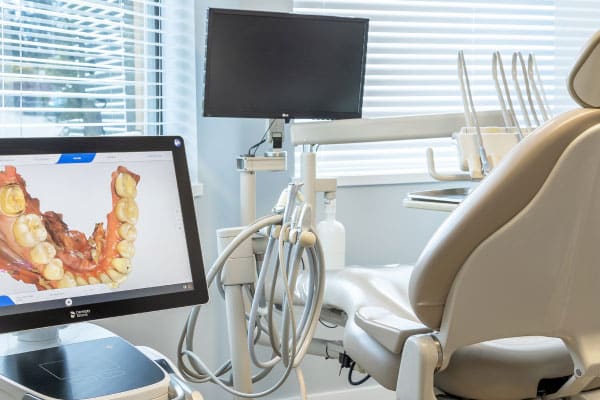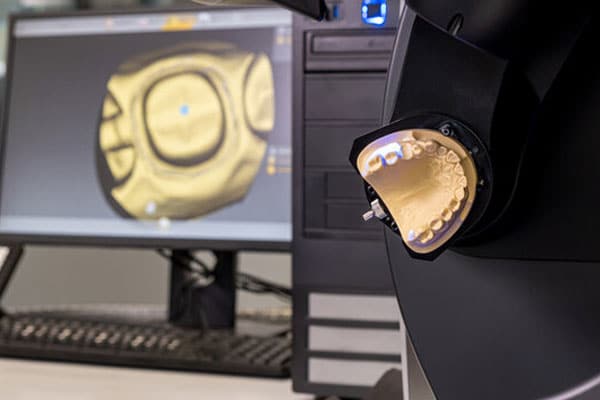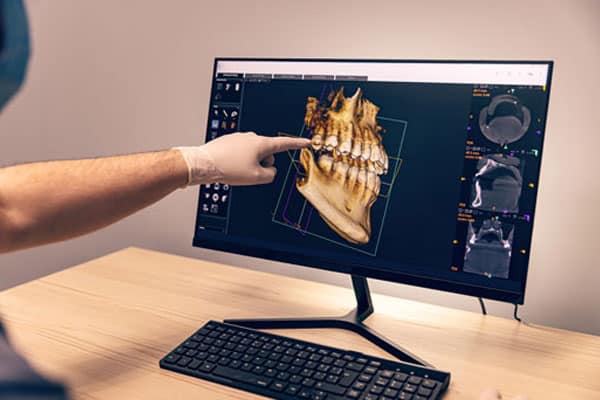Digital Dentistry

Digital Dentistry
1. Digital Imaging
Digital X-Rays: Digital radiography offers faster image acquisition and lower radiation exposure for patients compared to traditional film X-rays.
Cone Beam Computed Tomography (CBCT): CBCT scans provide detailed 3D images of the oral and maxillofacial regions for improved diagnosis and treatment planning
2. Intraoral Scanners
3. Computer-Aided Design and Computer-Aided Manufacturing (CAD/CAM)
CAD/CAM systems enable the design and fabrication of dental restorations like crowns, bridges, and dentures with remarkable precision. These restorations can be milled or 3D printed.
4. Digital Impressions
Digital impressions are taken using intraoral scanners, eliminating the need for uncomfortable traditional molds.
5. Treatment Planning
Digital technologies allow for more accurate and detailed treatment planning, which is especially valuable in orthodontics and implant dentistry.
6. Tele-dentistry
Patients can consult with their dentists remotely using video conferencing and digital tools, which has become especially important during the COVID-19 pandemic.





